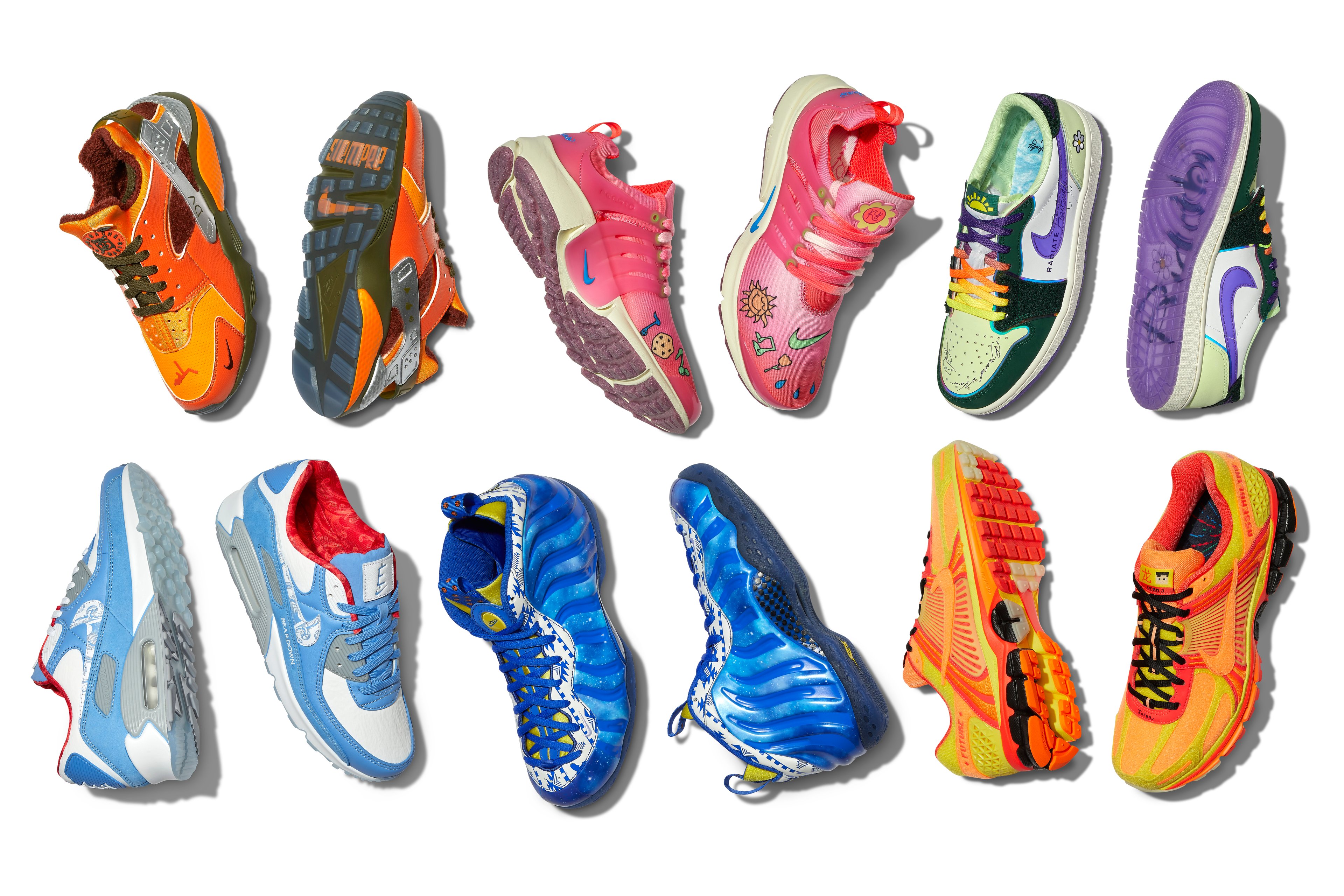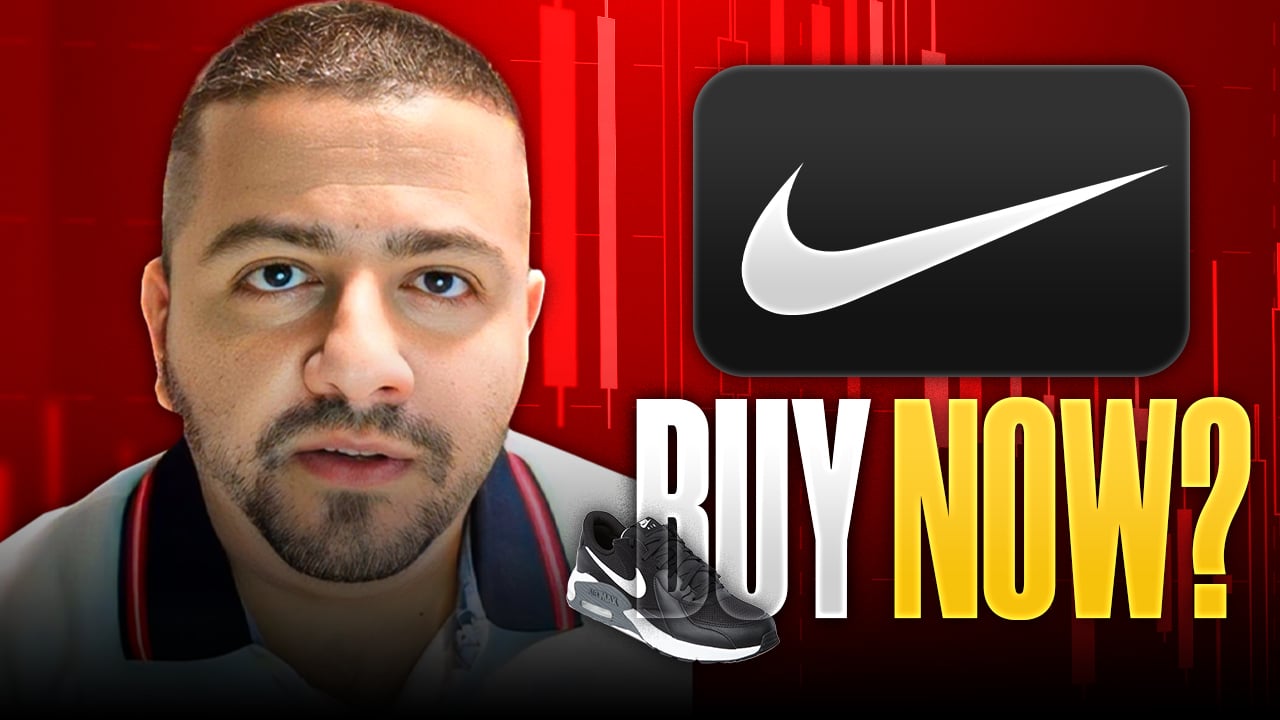Why would you buy a stock with a 1% dividend when you could buy one with a 4% dividend? Because the 1% business is simply better. A common misstep investors make early in their dividend-hunting careers is chasing a high yield for the sake of the yield. In that light, Coach's (COH +0.36%) 3.94% dividend yield is a clear winner over Nike's (NKE +0.21%) 1.03% yield. That's fools' gold, though, as Coach is under no obligation to keep paying that dividend, and would likely be better served by freezing dividend growth, or cutting the dividend altogether to grow the business.
Nike's strong cash position, on the other hand, should enable the company to maintain its dividend even as it ramps up sales and earnings. In fact, a strong competitive position has primed Nike for future dividend growth and stock repurchases.
Coach, Nike, and the free cash flow monkey
In order to pay a dividend in the first place, a company should have extra cash. Some businesses will dive into their reserve to fund the payout, but that can't go on forever. To see how likely a stock is to sustain its dividend, we can look at the free cash flow generated by the business. Free cash flow represents the actual cash left over once a company has paid for its ongoing investments.
Coach's free cash flow is in a bit of a pinch. Over its last recorded fiscal year, the luxury accessories company generated free cash flow of $766 million, of which it spent $376 million -- almost 50% -- on dividend payments. Sportswear giant Nike, meanwhile, generated $2.1 billion in free cash flow, spending just 38% -- $799 million -- on dividend payments. That left Nike with plenty of cash to make other investments and repurchase outstanding stock.
The problem with dividends is that they live way down on the priorities list. When a business needs to free up some cash or make an acquisition, dividends are cut or values are frozen to keep the cash buffer thick. Companies that have less free cash to play with, such as Coach, are more likely to slice the dividend for the good of the business. Nike investors have a better built-in buffer due to the company's strength.
Stock buybacks to increase shareholder value
Companies with extra cash can also repurchase outstanding shares. That means the company will pay out less in total dividends, giving it the chance to pay each shareholder a bit more. Here's an example: imagine two companies that both pay out $100 million to 1 million shareholders. If company A is running up against its cash buffer, it can only ever pay out the same cash to the same holders or cut back on its dividend program to fund other obligations.
Company B has some flexibility, though, so it buys back 10% of its shares. That means there are now only 900,000 shareholders, so it only pays out $90 million. If the company wants to keep paying out $100 million in total, it can increase each shareholder's payment by 11%. Company A and B are still spending the same amount, but company B's shareholders are winning.
Nike bought back $2.6 billion worth of shares in its last fiscal year, dropping its total outstanding shares by 3.4% . Coach last year spent $524.9 million to buy back 10.2 million shares, dropping total outstanding shares by 2.7%. Both companies made good strides last year toward cutting down the outstanding balance of shares, but Nike did better and taxed its reserves less than Coach, making its program the better long-term bet.
The final dividend
Between Coach and Nike, there is a clear divide. Coach is working to make up lost ground in sales and brand strength, while Nike is near the top of its game. In business, success begets success, and Nike is less likely to have to dip into the red to keeps its strong performance up while still rewarding shareholders. Meanwhile, Coach's business segments will be competing for a chunk of its limited cash. In the tussle, shareholders might wind up holding the short straw.
While the headline number says Coach is the best bet, Nike is the real dividend winner. Betting on Nike's solid foundation makes more sense than hoping that Coach can keep it all running even as resources run thin.







